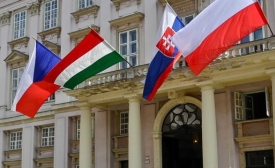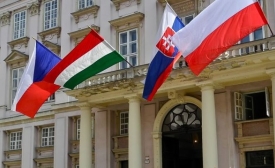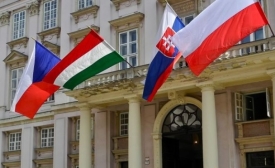slovakia
The fifth volume of Open Europe: Cultural Dialogue Across Borders edited by Barbara Curylo, Joanna Kulska, and Aleksandra Trzcieliñska-Polus, includes a number of papers that explore the rise of new diplomatic actors, new tools used in diplomacy, and their role in humanizing international relations in Central Europe.

An effective Central European public diplomacy means opening up to new partnerships.


Effective Central European public diplomacy means opening up to new partnerships.
Over the past decade, Slovakia has reformed its taxation, healthcare, pension, and social welfare systems, attracting large inflows of foreign investment into the automobile and electronic sectors, and becoming Central Europe’s first country to adopt the euro in January, 2009. But Europe’s economic woes have slowed growth. The Slovak government believes it must forge ahead finding new and innovative sources of growth - particularly on the Internet.
“If you tap this untapped resource, it would be incredibly valuable for the economy of Slovakia,” adds Sedgwick, the US Ambassador to Slovakia who, along with encouraging women’s entrepreneurship, has been preoccupied with explaining different aspects of the presidential elections in his homeland for the Slovak audience, which, he says displays considerable interest in the American presidential race.







